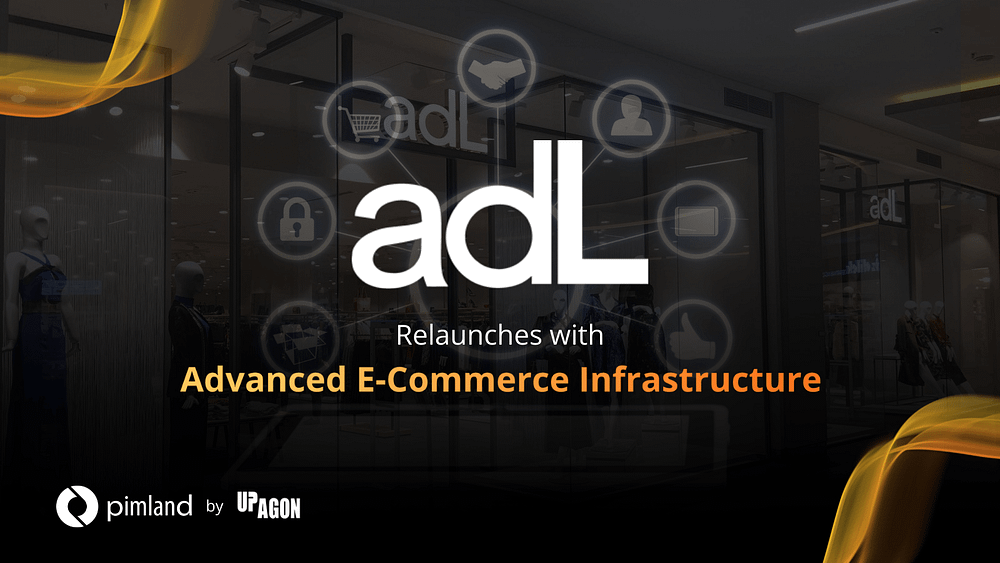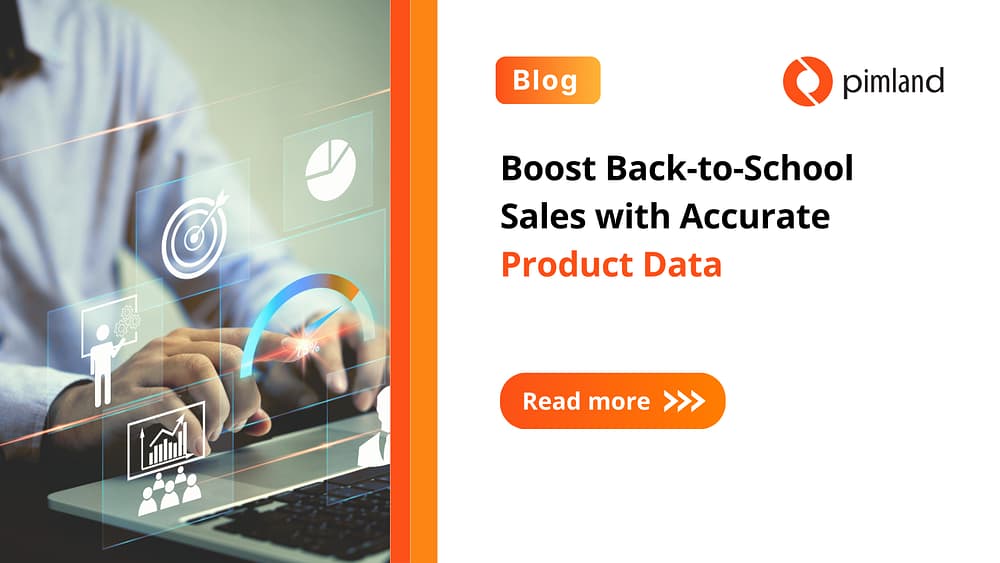PLM vs ERP: Understanding Their Differences and Synergies
Businesses frequently find themselves confused about how to select the best tools for maximizing their operations in the ever-changing world of manufacturing and product development. Two of the most prominent solutions in this space are Product Lifecycle Management (PLM) and Enterprise Resource Planning (ERP) systems. But can one replace the other, or do they serve fundamentally different purposes?
In this article, we will discuss the functions, capabilities, and potential replacement of ERP with PLM in detail.
What is PLM?
Enterprise Resource Planning (ERP) is a comprehensive system designed to manage and automate the core business processes related to manufacturing, finance, human resources, and supply chain management.
ERP systems guarantee that a product is manufactured efficiently and on schedule after it has been designed and approved.
Although contemporary ERP systems have grown to provide better insight into a broader range of corporate processes, they frequently come with “add-on” PLM modules that might not be sufficient to support a comprehensive product development process.
PLM vs ERP: Capabilities & Comparisons
PLM and ERP systems, though complementary, serve distinct functions within an organization. PLM focuses on a product’s innovation and development phases, enabling design teams to oversee every aspect of the product’s constituent parts. ERP, on the other hand, provides management of the operational and execution tasks, like logistics, production scheduling, and inventory management.
For instance, technical designers and product developers utilize PLM software mainly to ensure the product satisfies all design requirements before it goes into production. On the other hand, manufacturing and operations workers use ERP systems to control the flow of resources and materials required to make the product. Because each system has certain qualities that the other cannot match, both are necessary for a completely integrated product development process.
Can ERP & PLM Work Together?
The short answer is yes, they can work together. Think of ERP as a box containing all the information about your products—how many you have, where they’re stored, and how much they cost. It also helps you determine how many pieces you need to complete your projects.
The other box, PLM, is your guide for planning and designing those projects. It keeps track of all the instructions, designs, and ideas to ensure everything turns out just right. But the real question isn’t whether they can work together, but rather, need to. ERP and PLM must work hand in hand to create something exceptional.
PLM emerged to complement ERP systems, addressing gaps that many businesses face. While ERP is essential for managing sales transactions and operational processes, it often falls short when handling product design and development.

4 Challenges Faced by Fashion Designers That Use ERP & How PLM Helps
1) Limited Product Design Capabilities
When a new product is being developed, an ERP system may not have the robust tools to track design iterations or manage the collaboration between different teams. This can lead to miscommunications and delays in getting the product to market.
PLM systems address this challenge by providing a centralized platform where all design data, specifications, and changes are documented and accessible.
2) Inefficient Change Management
Change is inevitable in product development, whether due to evolving customer needs, regulatory requirements, or supply chain disruptions. However, ERP systems are not designed to handle the detailed change management required during the product lifecycle.
- For example, if a critical component of a product is redesigned, the change must be communicated across various departments—engineering, procurement, and production.
Without a PLM system, these changes may not be effectively managed, leading to errors and costly delays. PLM systems ensure that all stakeholders are informed and changes are implemented efficiently across the organization.
3) Siloed Data Management
One of the biggest challenges with ERP systems is the siloed nature of data, especially in organizations with complex product lines.
- For example, product data might be scattered across different departments, leading to inconsistencies and inefficiencies.
This fragmentation can make it challenging to get a comprehensive view of the product’s lifecycle, from design to delivery. PLM systems break down these silos by integrating all product-related data into a single source of truth.
By aligning PLM with ERP, businesses can achieve better data accuracy, streamline operations, and make more informed decisions, ultimately driving innovation and efficiency.
4) Difficulty in Managing Compliance and Quality
Ensuring that products meet regulatory standards and quality benchmarks is crucial, but ERP systems often lack the specialized tools to manage these aspects effectively.
- For instance, industries like automotive or pharmaceuticals require meticulous documentation and tracking of compliance-related activities throughout the product lifecycle.
ERP alone may not be sufficient to manage these requirements, leading to potential compliance risks and quality issues.
PLM systems complement ERP by offering detailed;
- compliance tracking,
- document management,
- and quality control features.
This ensures that products meet regulatory standards and maintain high-quality levels throughout their lifecycle, safeguarding the company’s reputation and reducing the risk of costly recalls.
Final Thoughts
PLM and ERP are essential tools that address different facets of a business’s operational needs, but they are not designed to replace one another. Each system offers distinct advantages—PLM excels in managing the product development lifecycle, while ERP is crucial for streamlining operations, finance, and supply chain management.
Combined, these solutions offer a complete solution that boosts productivity and creativity. By realizing the distinct advantages of PLM and ERP, companies can streamline their processes and ensure that every part of their organization, from design to delivery, runs smoothly. Understanding and utilizing PLM and ERP’s complementary features is essential for companies trying to maintain their competitive edge and see sustainable growth.
PIMLAND simplifies your operations by integrating PLM, PIM, and ERP into one platform, managed by our team of experts, so you can focus on growing your business. For more, discover how PIMLAND can transform your business!


